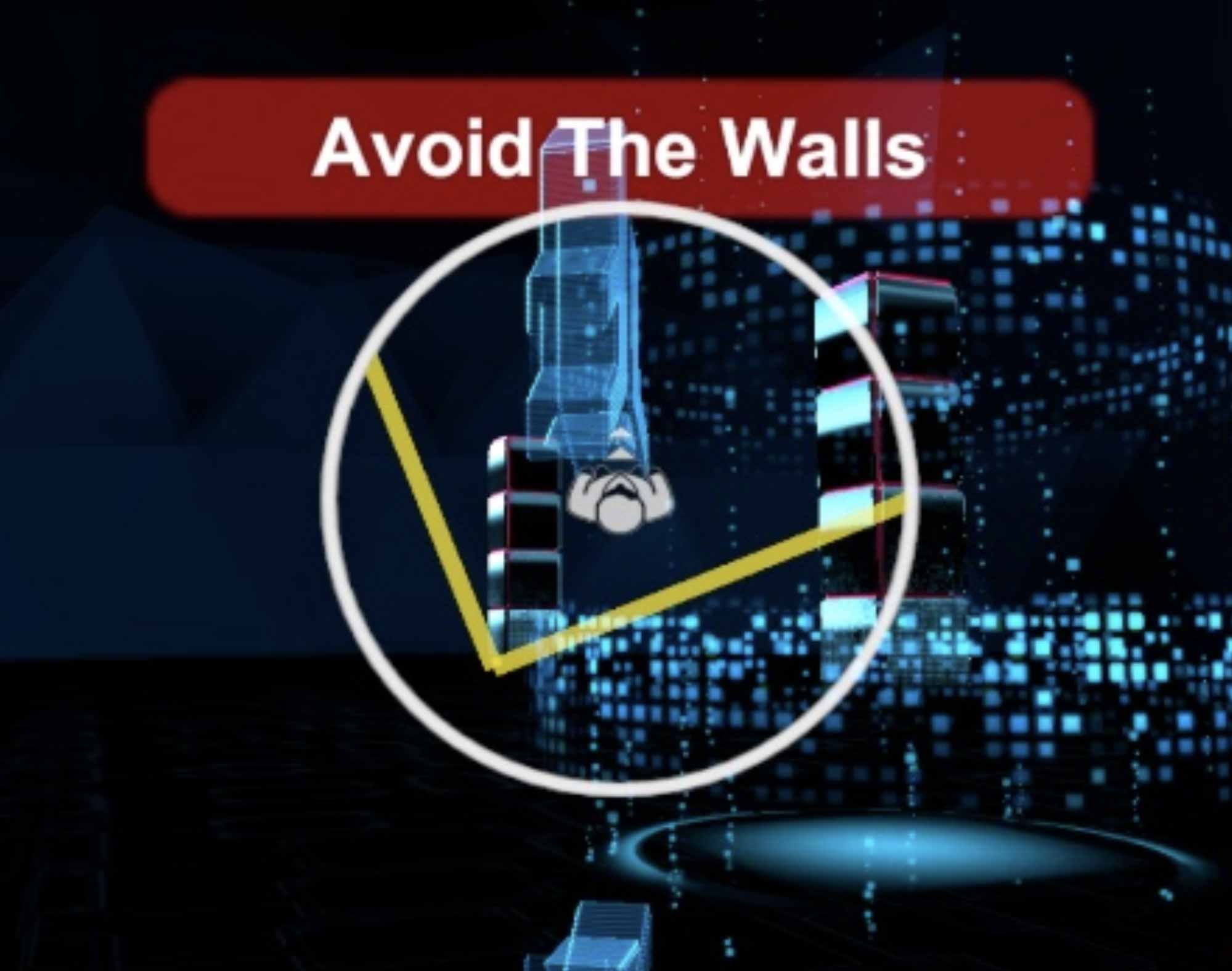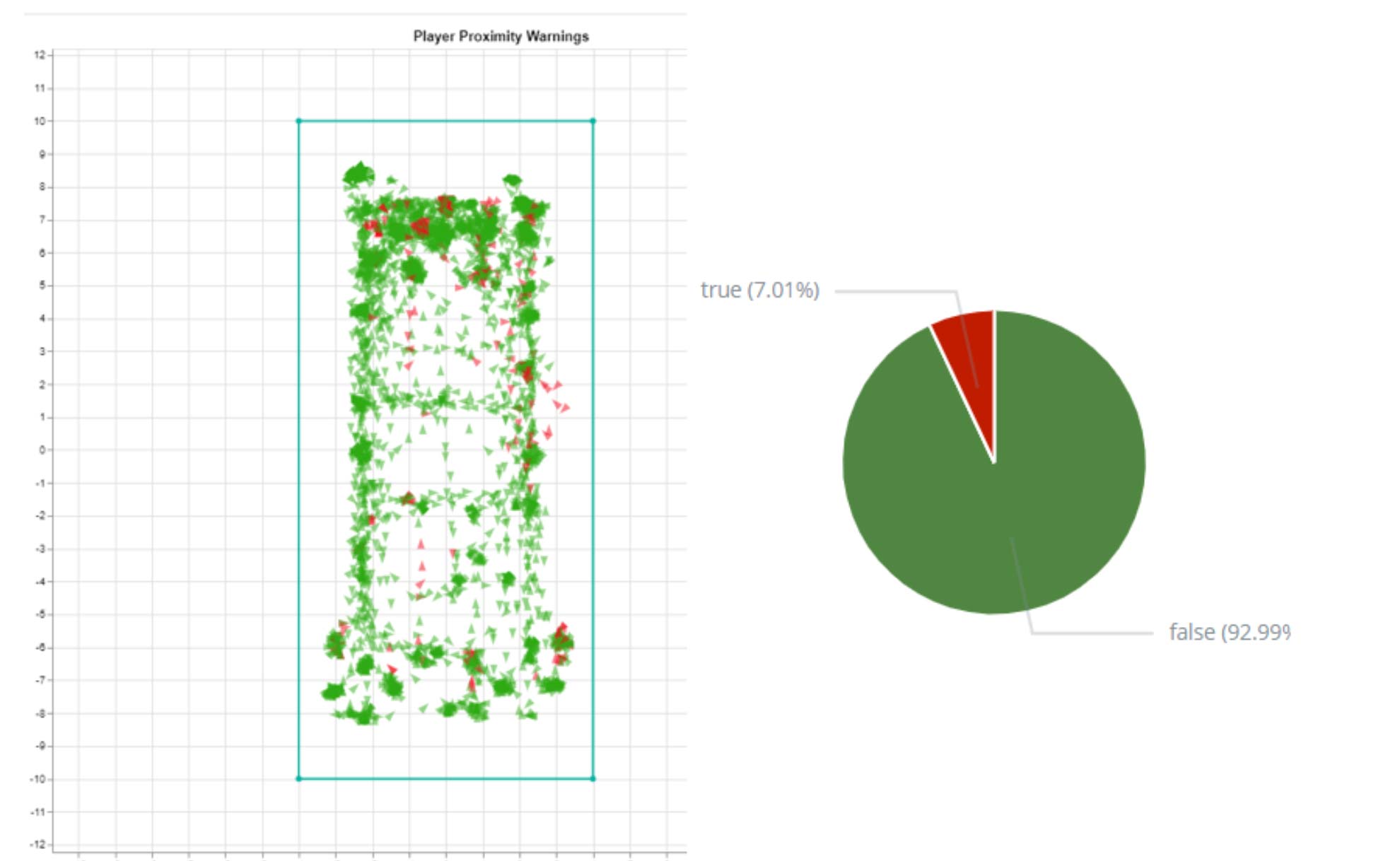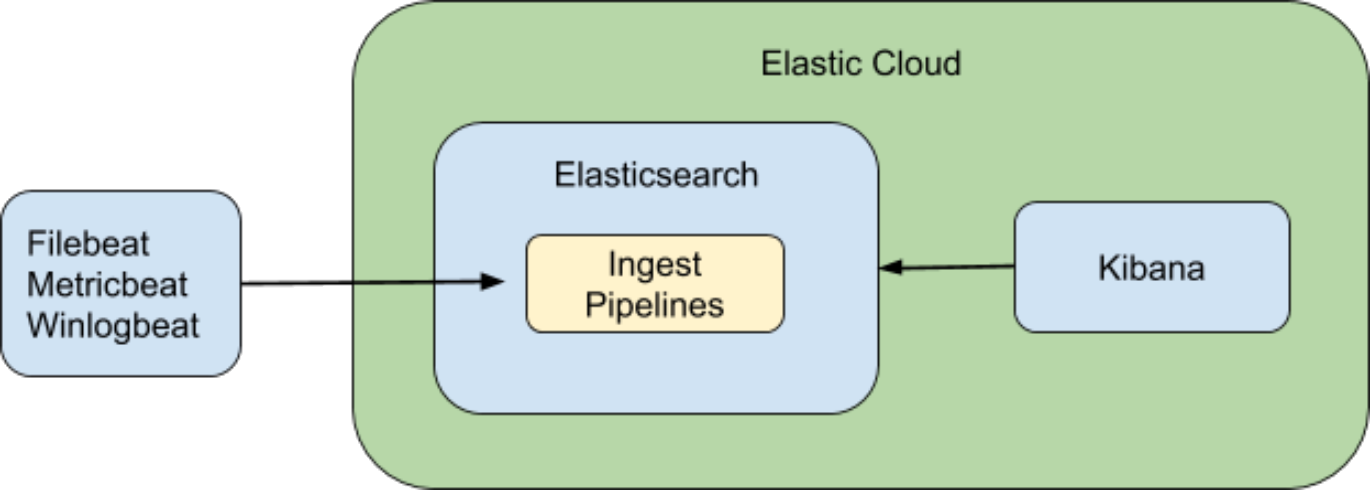Zero Latency’s journey with Elastic
The Elastic Stack has given Zero Latency VR of Australia a real-time observability view of its infrastructure through centralized logging, allowing the game maker and virtual-reality experience provider to know immediately of hardware or software problems before they interfere with the free-roam virtual reality experience that customers expect. In addition, the Elastic Stack has allowed the virtual reality company to collect data about player movements, which keeps frantic gamers from running into warehouse walls or even into one another.
In December of 2018, Zero Latency had never used Elastic. Three months later in February of 2019, the company began feeding data from player backpacks into their Elastic Cloud cluster and eventually adopted Elastic as its observability solution for infrastructure monitoring. As a result, the company has developed more feature-laden games, added more global virtual reality game venues, and increased the number of players they were supporting, all while enhancing the overall player experience.
Killing zombies, keeping gamers safe
The players are shooting at anything that moves, including virtual zombies. Gamers are hurriedly crossing suspended bridges, and they're walking on ceilings. All this free-roam virtual reality action takes place in warehouses across dozens of global venues run by Zero Latency VR of Australia.
To bring this free-roam virtual reality experience to life, players are sporting virtual weapons and wearing virtual reality headphones and goggles while playing VR games with names like Engineerium, Zombie Outbreak, Singularity, and others. Each player, waging battle with up to eight other players at a time, is wearing something else: a backpack PC installed with Winlogbeat streaming data directly into the Elastic Stack.
Because players are fully immersed in a virtual experience, they lose awareness of the cement warehouse walls and other players. The Elastic Stack, however, is ensuring safe distances between players and barriers at all times.
Zero Latency's free-roam virtual reality games couldn't exist without such a safety feature, which sends a "proximity alert" to players who are getting too close to walls and other gamers.
In addition, because the backpacks are pumping telemetry data into the Elastic Stack, this has enabled the company to scale by developing new games, and new playing venues across the globe. Before adopting Elastic, engineers at Zero Latency would have to remotely connect to each backpack to retrieve data—an arduous task that provided no real-time insights and curtailed development.
Elastic has helped us develop better free-roam virtual reality games, keep players safe and has allowed us to address issues across the enterprise—all of which has helped us scale, become even more competitive and has paved the way for an even better gaming experience.
The company tried to build its own in-house platform, which didn't go so well. So Zero Latency chose Elasticsearch Service on Elastic Cloud, which ended up as "the perfect solution" that works out of the box to help the company scale, Arrigo says. Best of all, under this configuration, Zero Latency doesn't have to worry about setting up, or managing, their Elasticsearch instances instead focusing their efforts on ensuring better player experience and safety.

The alert that is displayed to players getting too close to the walls or each other.
Backpack analytics
With those backpacks, Zero Latency collects position and orientation data every second for each player and feeds it to Elasticsearch.

Data collected from backpacks is used to analyze the number of proximity alerts, if players are using the physical space efficiently, how close on average are the players to each other, and how does this proximity evolve during a game.
Elastic has helped us with a main challenge of designing a virtual reality experience that allows eight players in a warehouse to keep safe distances from other players and cement walls while they are shooting zombies in a virtual environment.
This data is analyzed for more than just for player safety. This telemetry data is helping Zero Latency improve overall game play as well.
Data funneled to Zero Latency's Kibana telemetry platform includes chronicling player weapons of choice, shots fired, zombie kills and a host of other metrics. These touchpoints enable developers to determine the popularity of weapons or targets, for example, so engineers can adjust the game as necessary to enhance game play, both before and after a game's release.

Centralized logging for observability
What's more, with the Elastic Stack, Zero Latency is also taking advantage of Elastic Observability via log aggregation to collect and visualize analytics data coming from its applications running across the enterprise—in real time visualized in Kibana.
And thanks to Elastic’s alerting features, Zero Latency can fix hardware or software problems before they impact customers. For example, the games keep functioning because the support team can be alerted to problems with backpack computers, servers, cameras, and blasters and then work to resolve them all while preserving a positive VR experience.

Watch the video of Billy Arrigo, Data & Insights Analyst; and Zee Nastalski, Senior Software Engineer, address a recent Elastic{ON} tour event in Melbourne where they review free-roam virtual reality backpack analytics as well as centralized logging at Zero Latency.